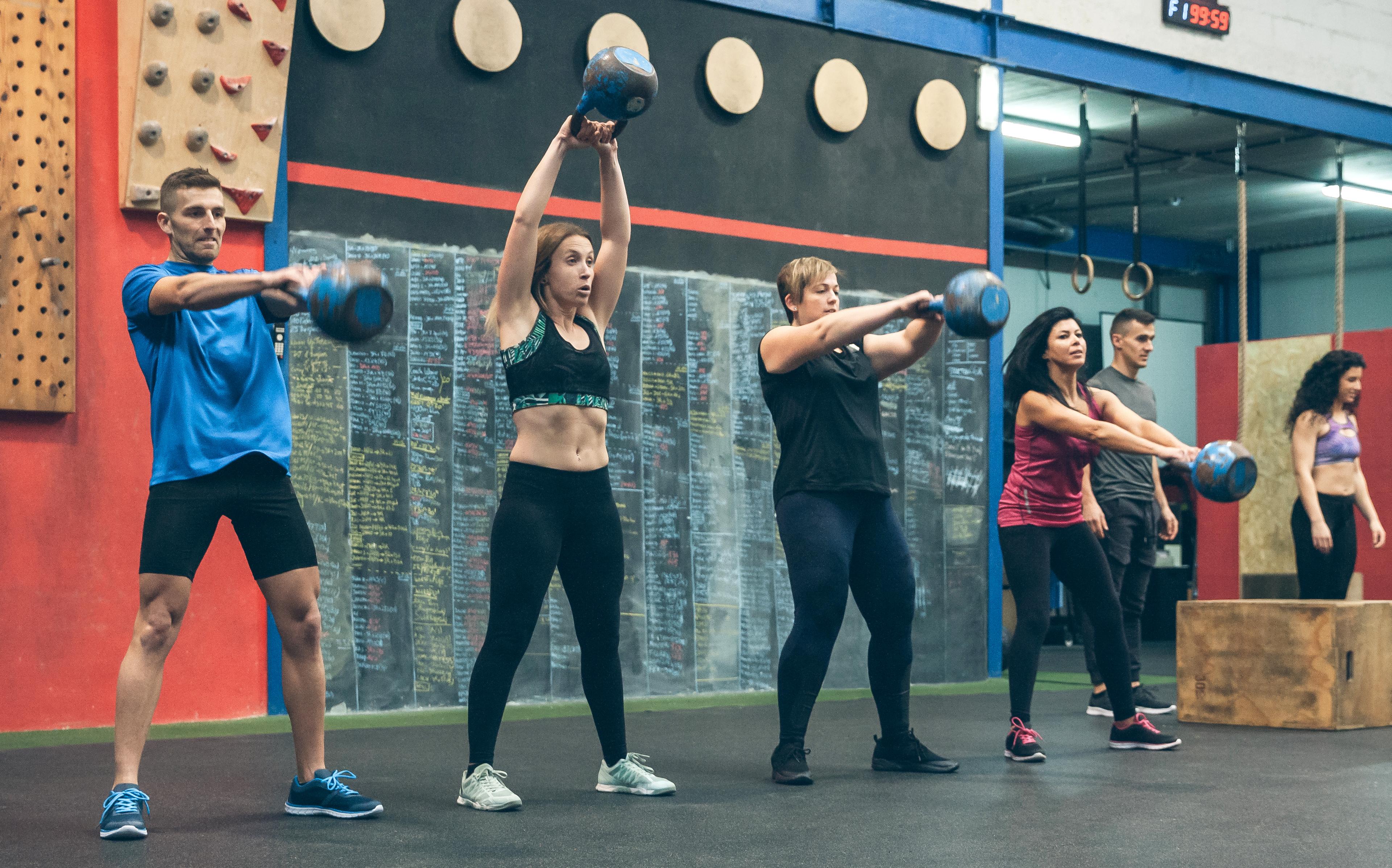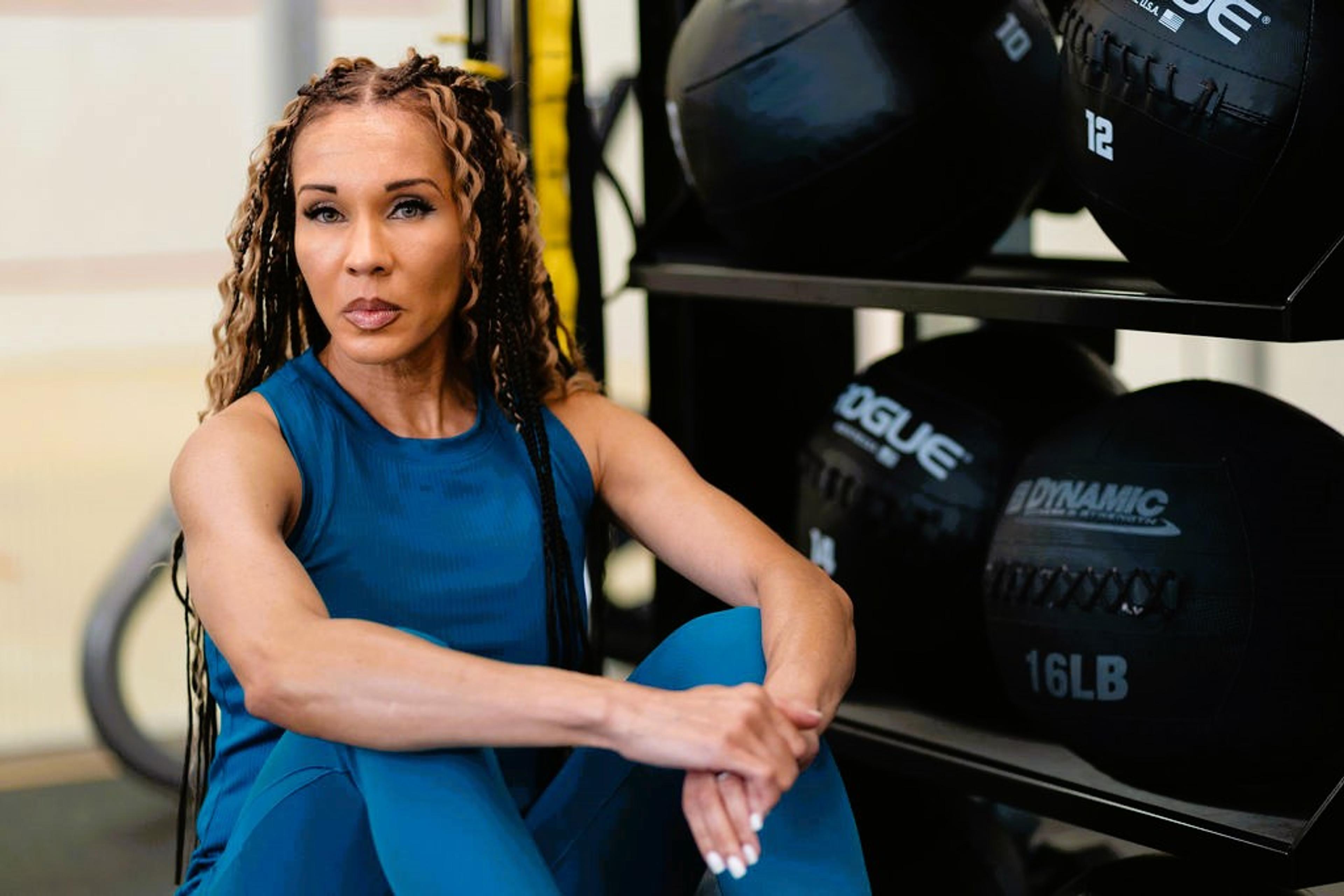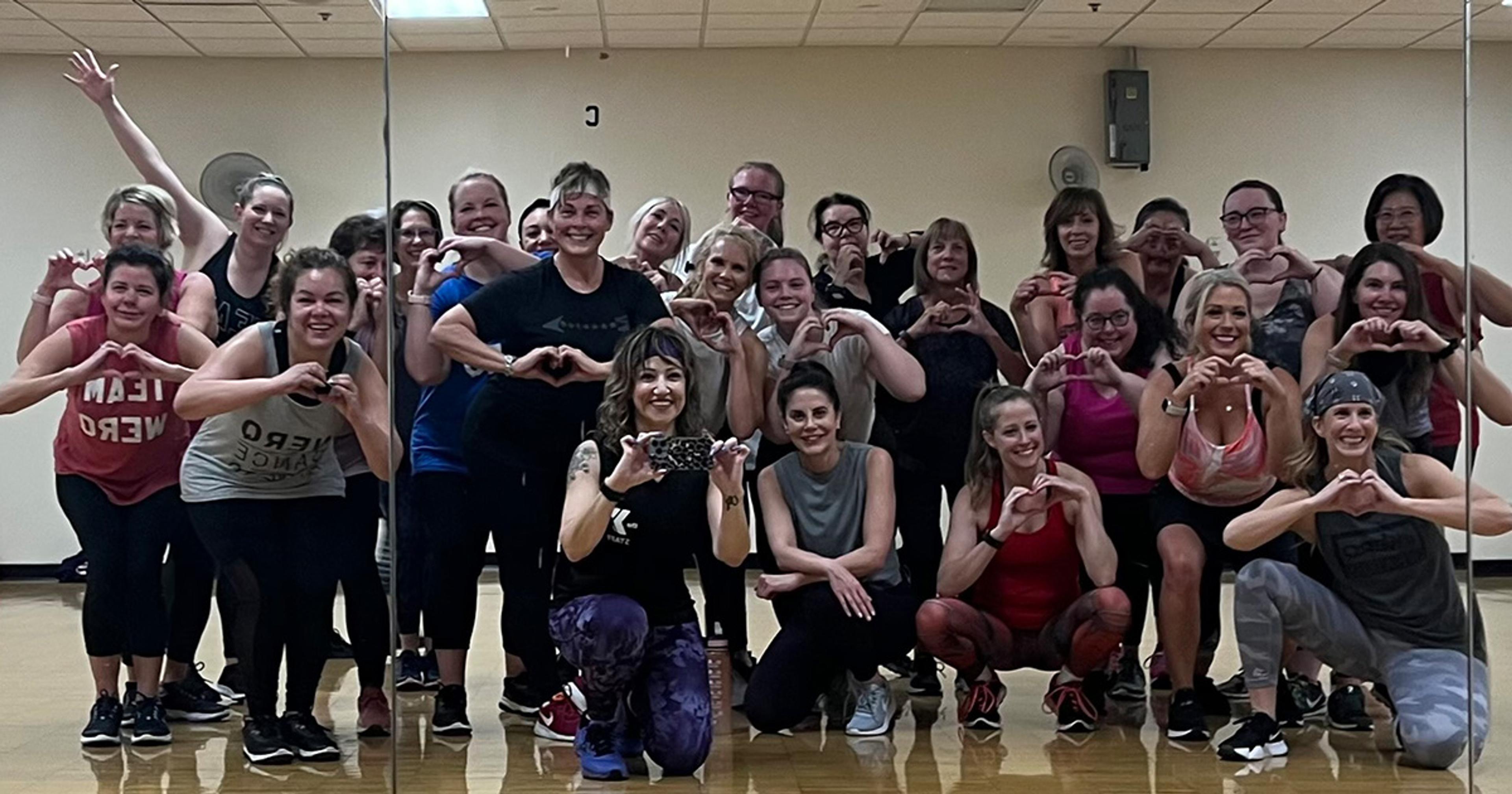4 Fitness Myths That Just Won’t Go Away
| 2 min read

All workouts are not created equal, but it can be confusing to know which ones give the best results. One day you might hear that a certain type of activity burns the most calories, the next you’re told a completely different workout trims belly fat the fastest. It can be hard to know what claims to believe. Discover which ones are rooted in fact and not fiction:
- Myth: Your cardio machine accurately counts the calories you’re burning.
Your machine may ask for your height, weight, age and sex, but that doesn’t mean it knows how many calories you’re burning. In an experiment done by the University of California San Francisco, treadmills overestimated calorie burn by 13% and the elliptical was even worse. Why is it so off? People with different fitness levels and body compositions burn calories at different rates—even if they’re the same height and weight.
- Myth: The more you sweat, the more calories you burn.
Soaking your workout clothes in sweat doesn’t mean you’ve torched a large amount of calories. Sweat is your body’s way of keeping your skin cool and regulating your body temperature. Factors like the weather, gym temperature and even genes can alter the amount of sweat you produce – but not the total number of calories you burn.
- Myth: Running on the treadmill is easy on your knees.
Treadmills do offer more shock absorption than hard concrete, but running is a high-impact sport, so it will always put some stress on your joints. That’s why it’s so important to protect your knees by doing other strength workouts—you’ll lower your risk for injury because you are building up the stabilizing muscles around your knee.
- Myth: You can prevent injuries by stretching before a workout.
The age-old question of whether or not stretching is beneficial before exercising comes down to which kind of stretching you’re talking about. Dynamic stretches, which improve flexibility while your body is moving (like doing lots of high knees or butt kickers), is recommended prior to a workout because it helps prepare your muscles and warms them up. On the opposite end, static stretches, which are performed without motion (this is your classic hamstring stretch), are ideal post-workout to help your body cool down and your muscles relax.
Like this post? Read more:
Photo credit: xavierarnau





